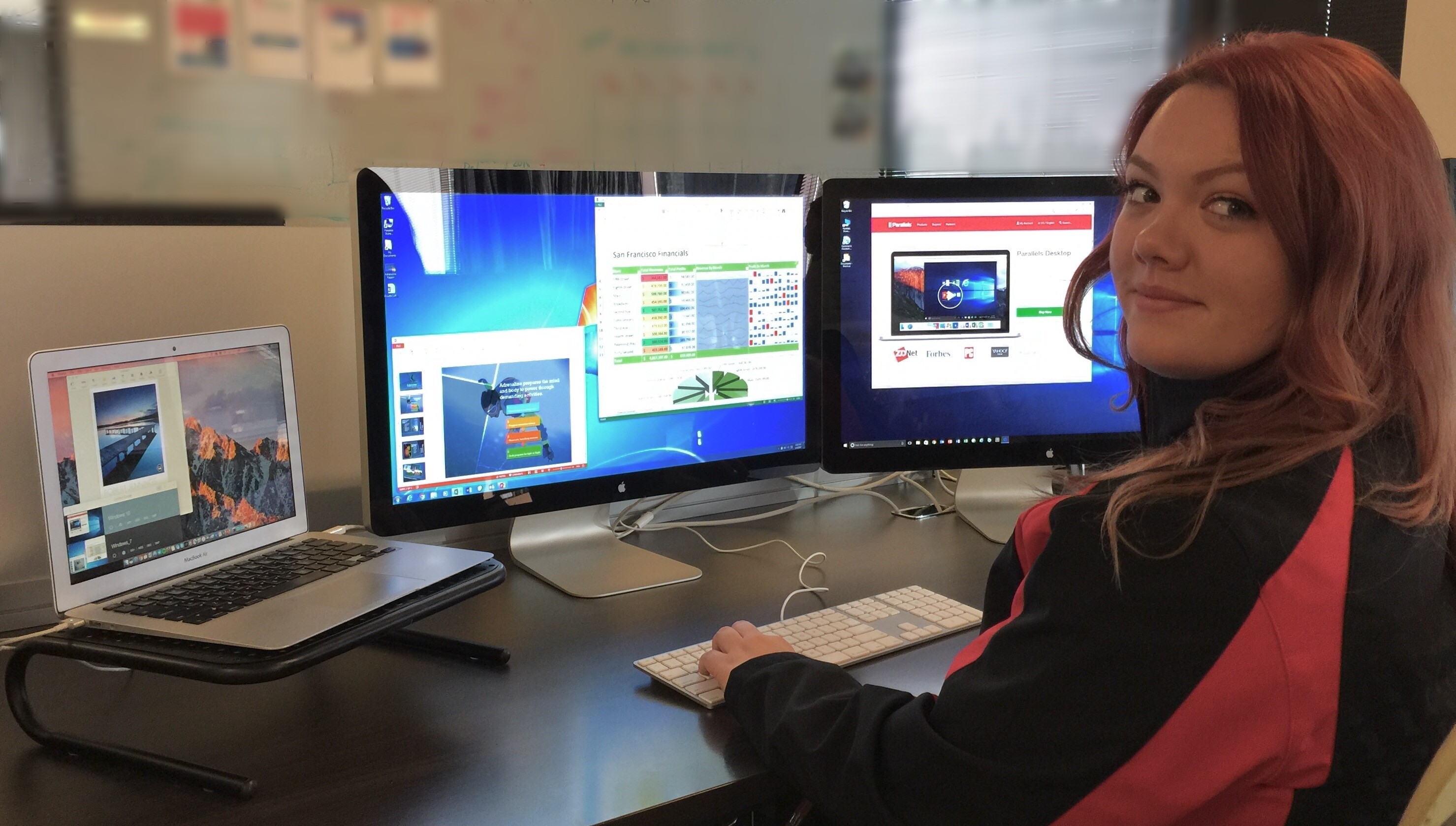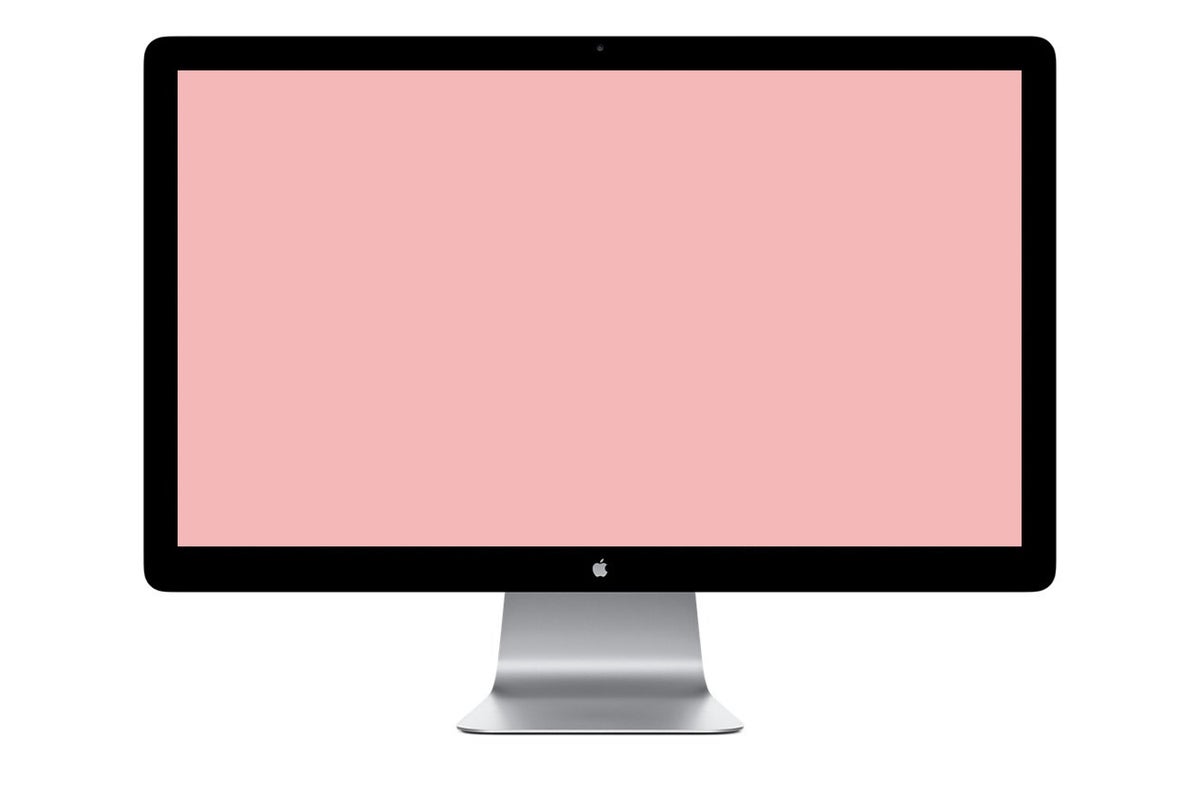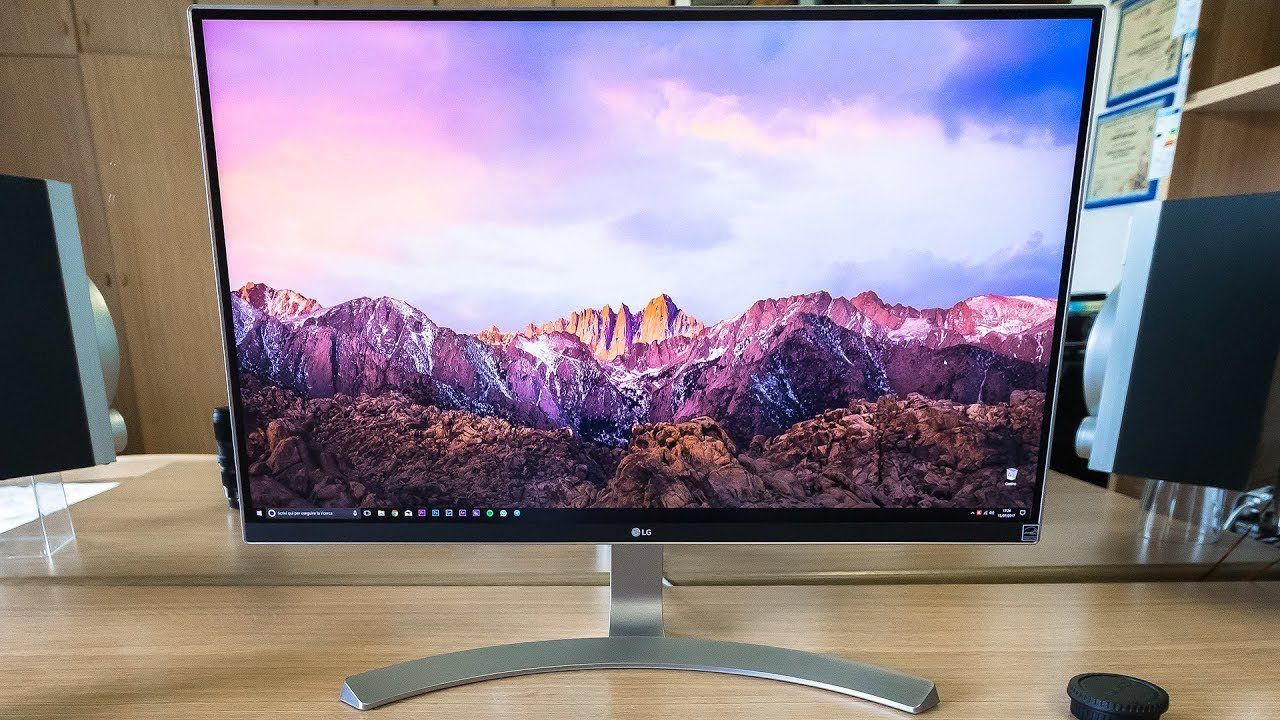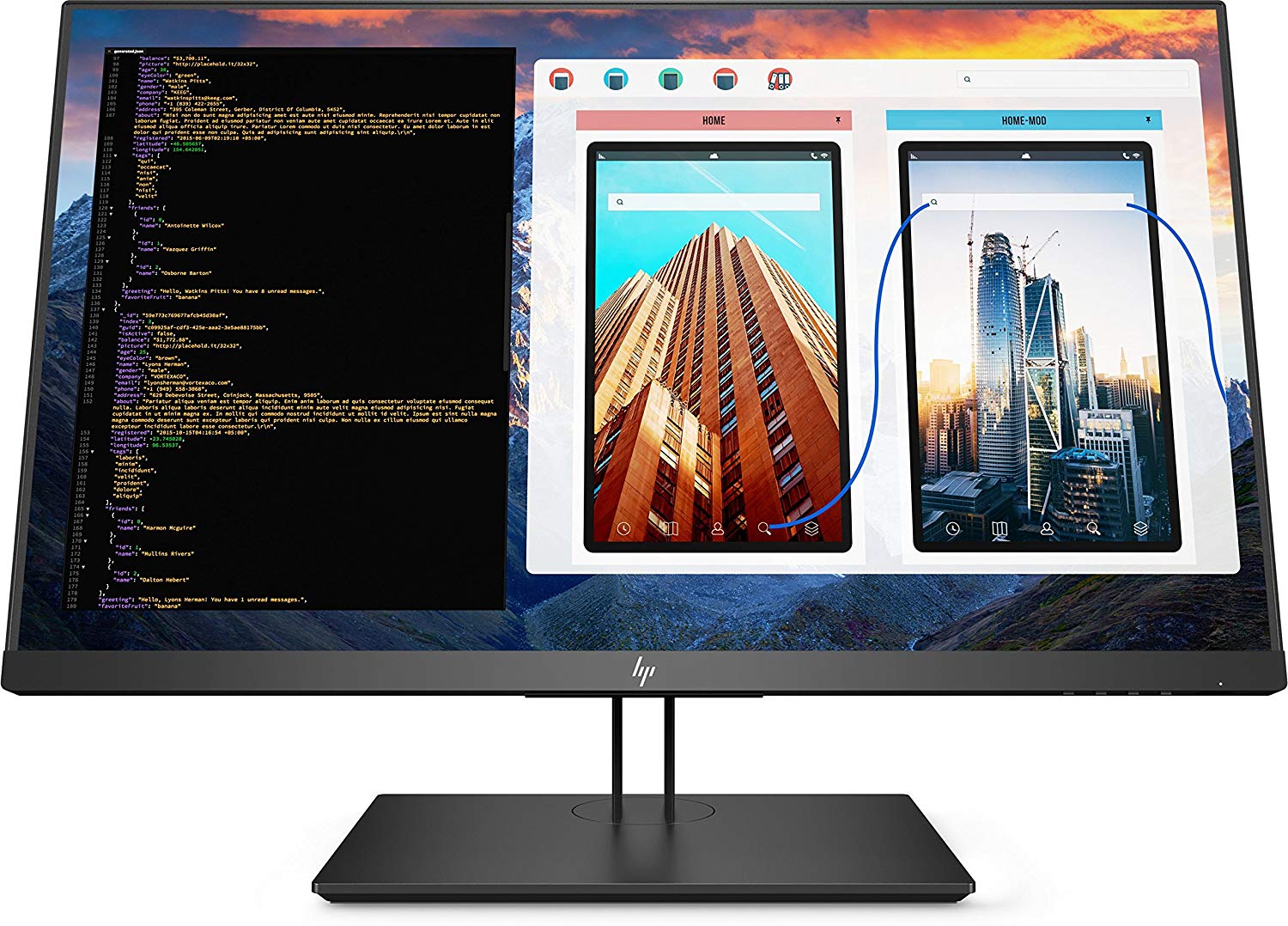Before considering troubleshooting options, make sure your device is up to date. Select Start > Settings > Update & Security > Windows Update , then select Check for updates. If you need help setting up your external monitors, see How to use multiple monitors in Windows 10.
- Lcd Monitor For Mac
- External Monitor For Mac
- External Monitor For Macbook Pro 2019
- External Monitor For Mac Mini
- External Monitor For Macbook Pro Usb C
- External Monitor For Macbook Pro


Note: If you’re having trouble setting up multiple monitors on Surface, see Troubleshoot connecting Surface to a second screen.
Troubleshoot issues that occur when setting up external monitors
Corprit Portable Monitor - 15.6“ Portable USB C Monitor with Type-C HDMI DP Input, 1080P FHD IPS Screen Portable Gaming Monitor External Secondary Display for PC Mac. Portable Monitor - Corprit 15.6 Inch Full HD 1080P USB C Monitor with Type-C/Mini HDMI/Speakers/IPS Portable Screen for Laptop Mac PC Phone Xbox PS4 Switch, Smart Case Included, D154 4.6. Apple's Mini DisplayPort to VGA Adapter can be used to connect a Mac with Mini DisplayPort or Thunderbolt ports to a external display or projector that uses VGA. It costs £29/$29 and can be.
Lcd Monitor For Mac
If you are trying to set up an external monitor and it’s not working, press the Windows logo key + P to make sure that the Extend option is selected. If the Extend option is selected, try the following troubleshooting tips.
External Monitor For Mac
Using only one external monitor
If you’re not seeing what you expect on the external monitor, start with basic hardware troubleshooting:
Disconnect all accessories from your PC. Connected docks, dongles, adapters and other hardware can cause conflicts.
Make sure the cable connecting your PC to your external monitor is secure.
Try changing the cable connecting the external monitor. If the new one works, you know the previous cable was faulty.
Try using the external monitor with a different system. This can help to isolate whether the issue is with the monitor or the primary system
If those didn’t work, here are more possibilities:
External Monitor For Macbook Pro 2019
If your system has more than one video output port, try plugging your external monitor into one of the other video output ports. Typical ports are HDMI, VGA, DVI, and DisplayPort.
If your system has more than one display adapter, also called a graphics card, you can try switching your system’s default display adapter. For example, on some systems, you can right click your desktop and select the software associated with your additional display adapter. Steps to change the default display adapter vary by device, so contact the manufacturer for more information.
Adding a second or third external monitor
First, to confirm that one external monitor does work with your system, see the above info about using only one.
External Monitor For Mac Mini
If you’re able to use one external monitor, but have issues using more than one, it’s possible that your display adapter (also called a graphics card) can’t support more than one monitor. For information on how many monitors your display adapter can support, contact its manufacturer.
Note: If you are trying to use a display splitter extend your display to more than one external monitor, you won't be able to. The splitter is duplicating the same signal instead of creating two independent signals.
If your device only has one video output port, then by default, you can only support a single external monitor. You'll need one of the following to support more than one external monitor:
Docking station – To find out if there are docking stations available for your PC, contact the manufacturer of your PC.
USB adapter – If you have a USB-C port, you may be able to use a USB adapter to give your device an additional video output port.

Troubleshoot issues that are occurring with an existing setup
External Monitor For Macbook Pro Usb C
If your setup has been working well, then suddently stopped, here are a few things you can try.

Try a Windows key sequence
External Monitor For Macbook Pro
In some cases, pressing Windows logo Key + Ctrl + Shift + B may fix your issue. If this does not work, see if restarting helps.
Restart your device
To restart your device, select Start, then select Power > Restart.
If that doesn’t work, select Start , then select Power > Shut Down. Then, turn your device back on.
Roll back your display driver
If you are experiencing issues after an update, returning, or rolling back, to a previous version of your display driver may solve the issue. To roll back the driver:
In the search box on the taskbar, enter device manager.
Select Device Manager from the list to open it. Then, select the arrow to expand the Display adapters section.
Right-click your display adapter and select Properties and the Driver tab, and then select Roll Back Driver. If you don't see a roll back option, reinstall your display driver.
Reinstall your display driver
If none of the previous steps work, reinstall your display driver. Here’s how:
In the search box on the taskbar, enter device manager.
Select Device Manager from the list to open it. Then, select the arrow to expand the Display adapters section.
Right click your display adapter, and then select Uninstalldevice and delete the driver software for this device, then select Uninstall.
You may be asked to restart your computer. Make sure to write down the remaining instructions before you restart.
Open Device Manager again and expand the Display adapters section.
Right click your display adapter and select Updatedriver.
Select Search automatically for updated driver software and follow the remaining installation instructions.
How do I determine the manufacturer of my display adapter (graphics card)?

In the search box on the taskbar, enter device manager.
Select Device Manager from the list to open it. Then, select the arrow to expand the Display adapters section.
You’ll see the manufacturer's name and the name of your adapter or adapters.
Still having issues?
If you've tried the steps in this article or don't see a solution to the problem, use Windows Feedback Hub to file a bug.
Include details about what you were doing or specific steps you were taking when the issue occurred. Log in to the Feedback Hub and follow the instructions to summarize and describe your problem. Next, select your category and then add enough additional info to recreate the problem. Your information helps Microsoft determine the root cause of this issue.
Related topics
